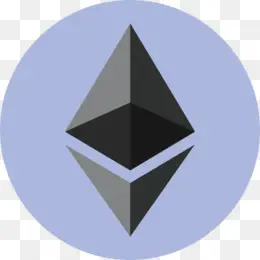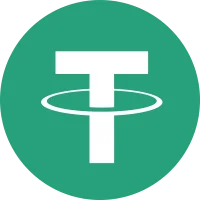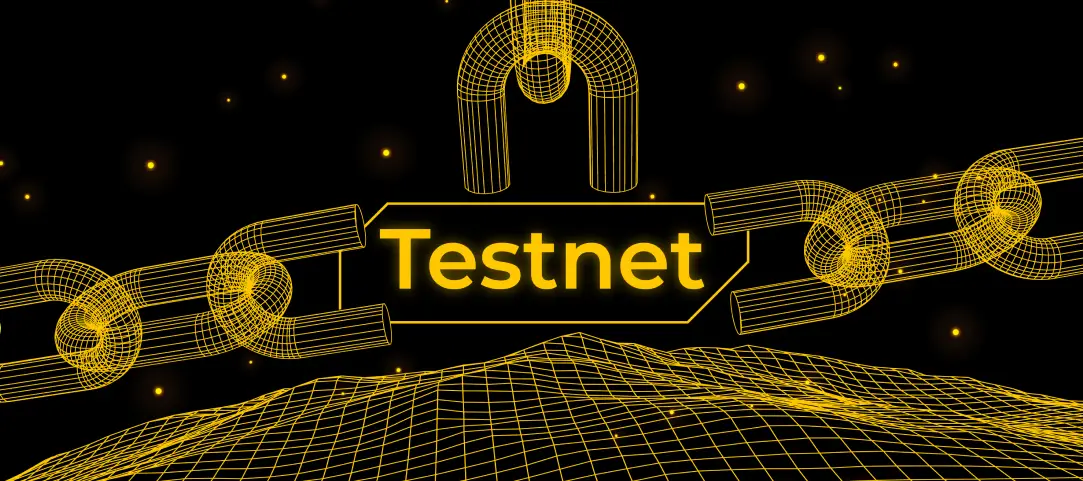Table of Contents
The cryptocurrency space offers many opportunities to make money. If you are good at trading, volatility can be your best friend when it comes to printing money, irrespective of market conditions. If you have deep technology expertise concerning hacking and debugging, you can find vulnerabilities in decentralized protocols and earn yourself a big bounty. You can also mine cryptocurrencies to create a passive income.
While all these methods are legitimate and have significant economic upside, there is a high level of risk involved, and you need some initial capital as an investment. What if we say you don’t need to make any big bets, there’s little to no risk, and you can enjoy various incentives and airdrops? No, we are not kidding. It is possible.
Testnets have emerged as an innovative way to help protocols onboard new users by having an incentive program. This helps to reduce user acquisition costs for protocols and builds a passionate community from the ground up.
For users, participating in testnets can help explore new projects and potentially find the next big multi-bagger. But, the process involved in applying for a testnet and finding the right one can be complex for a non-crypto person. So we present a guide about testnets that covers everything you need to know to start earning.
What is a Crypto Testnet
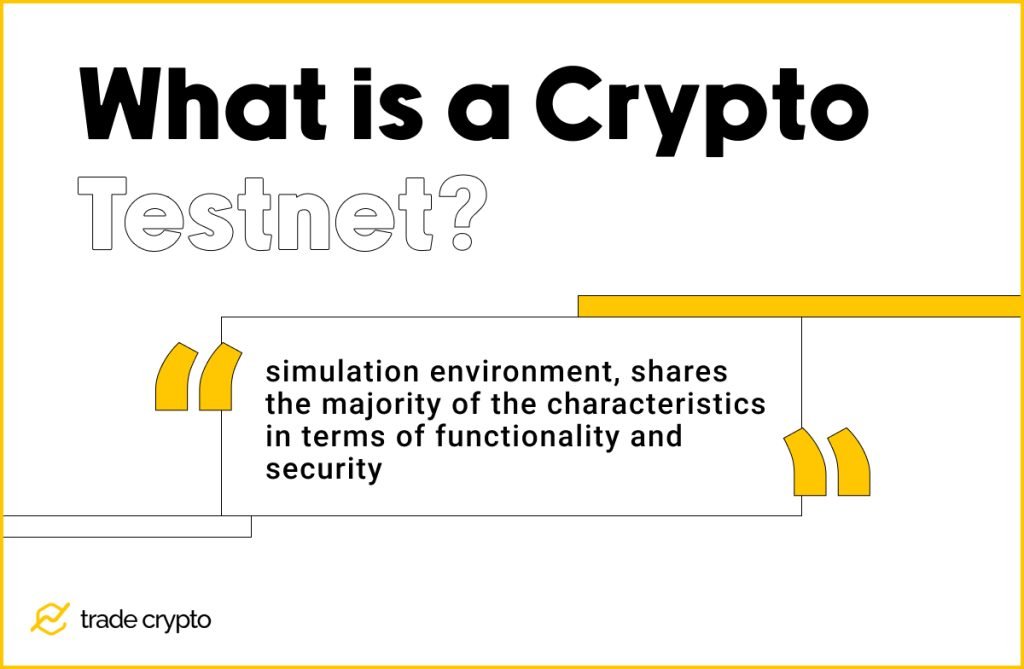
A crypto testnet is a simulation environment that shares the majority of the characteristics in terms of functionality and security of the mainnet, with zero downside risk. It is used to run various kinds of tests to understand where improvements can be made to reduce blockchain vulnerability and add new features for better performance.
While the purpose of testnets remains the same, there is a slight contextual difference based on when they are launched. If a testnet is launched before the mainnet, the main focus will be on creating a sufficiently safe blockchain network. Once the security standards are met, there is a feedback loop established among developers to make the blockchain application ready.
On the other hand, if a testnet is launched after the mainnet, it’s mostly dApp developers finding ways to make their application more valuable. They interact with smart contracts using worthless testnet tokens and ensure all risk scenarios are tested before deployment on the mainnet.
Types of Testnet
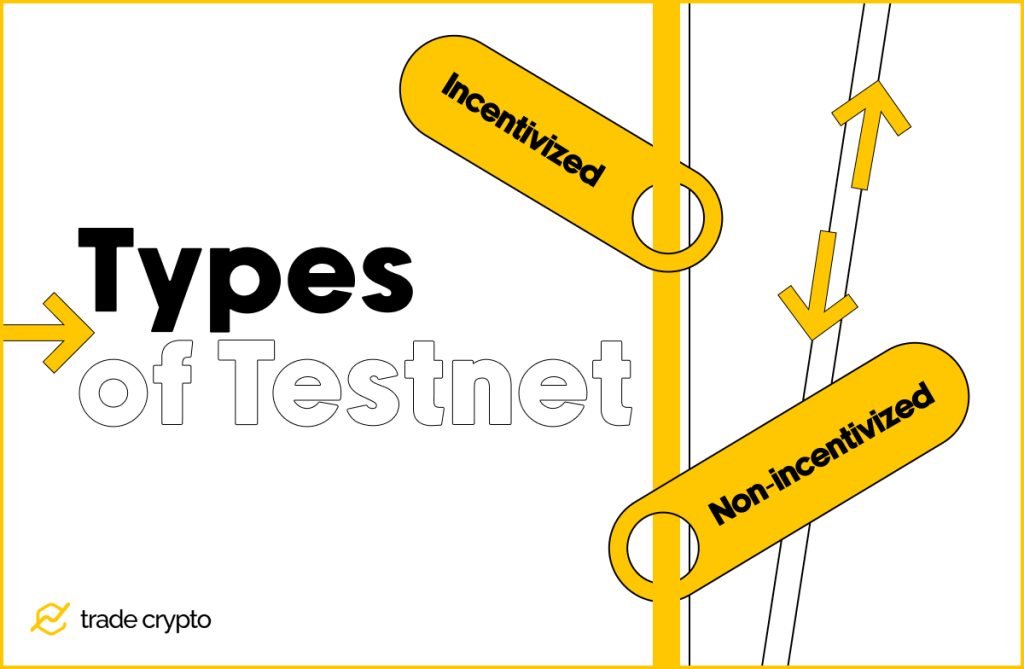
Testnets allow developers to find bugs and improve the overall user experience. So, anyone who participates in testnets aids for a better future of the protocol. To return the favor, developers give different kinds of rewards, be it tokens of popular cryptocurrency or the protocol’s native currency. And based on these rewards, testnets are classified into two types: incentivized and non-incentivized.
Incentivized
Incentivized testnets have become the go-to marketing strategy for any new blockchain and decentralized application to grow their community. As participation involves rewards, the majority of market participants are paying attention.
How does this work? The team will first give you a set of steps to follow. It can start with following social handles and registering for the tester role in their Discord server. Later, you will be asked to connect your wallet to the testnet and perform certain tasks, like making a transaction or doing a crypto swap. You will be incentivized from the testnet reward pool based on your activity and feedback.
Non-Incentivized
Non-incentivized testnets are those that don’t have any particular incentive program in place. These are commonly conducted by protocols trying to test their new mechanisms and frameworks with an already established community.
However, we can’t definitively say that there won’t be rewards in the future. If a protocol has a good market share and never released a token, it is likely it will at some point. And when it does, the priority will be given to early supporters like testnet participants. So, if you believe a protocol has a chance to survive for years to come, it’s worth spending some time even though there is no immediate upside.
How to Install Your Node
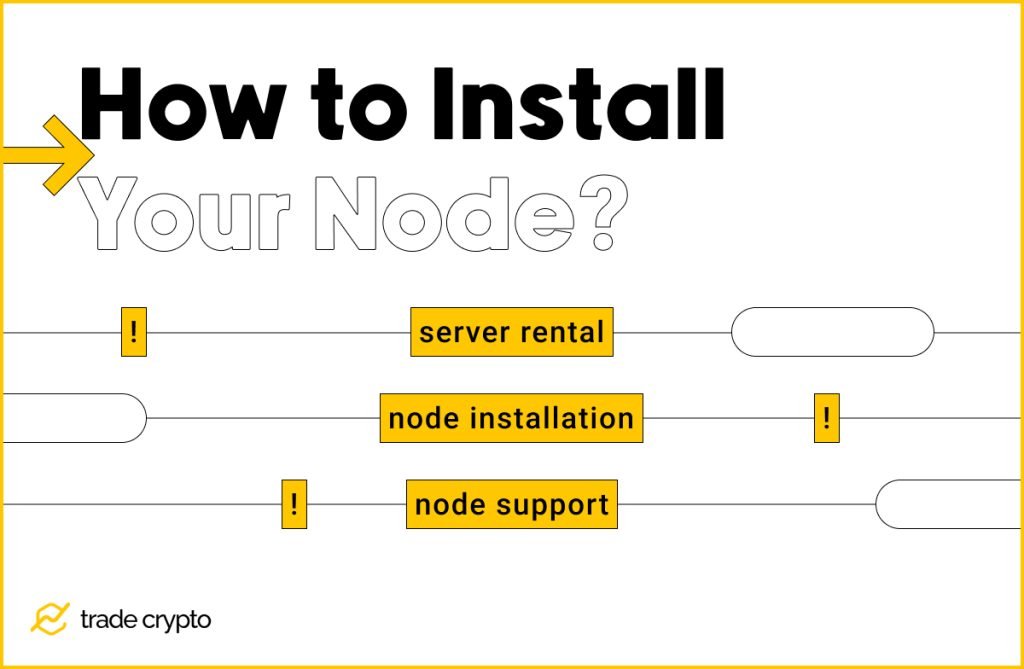
Setting up a node and becoming a validator is a great opportunity to accrue valuable tokens passively in growing crypto ecosystems. But it’s not going to be free. You need to make an investment in hardware components to have a node running all the time.
Having a personal node for supporting different projects does involve some risk. There’s no guarantee of how much you will be rewarded and whether you can make any returns on your investment. So you should only invest if you can afford to lose it all. If you’re still interested in exploring, the first thing to do is figure out a reliable server for hosting.
Server Rental
Not everyone has a spare computer to set up a node. That’s why it’s recommended to raise a node by using the hardware of third-party service providers. It is hands-off and cost-efficient. At the same time, you should be aware of how much you need to pay for monthly hosting.
The monthly charges depend on how consensus works on a testnet you want to participate in. If it’s energy intensive and requires multiple graphic cards, it can run you up at least $200-$300 per month. But if it’s an ordinary proof-of-stake consensus facing low competition, the cost of renting a server is anywhere from $5 to $50.
Node Installation
Raising a node is the easy part. Lifting a node is where it gets a little tricky. First, you have to connect to the remote server. Second, you have to install the necessary program by following the protocol’s official documentation. You can also find different commands in the docs that will allow for quick installation.
Node Support
Your job is not done after installing a node. You also have to monitor the node from time to time. A simple approach is to integrate a Telegram bot with your remote server. This way, you can instantly check your node’s health status and immediately act upon it if there’s any hardware issue.
Validators & Their Role
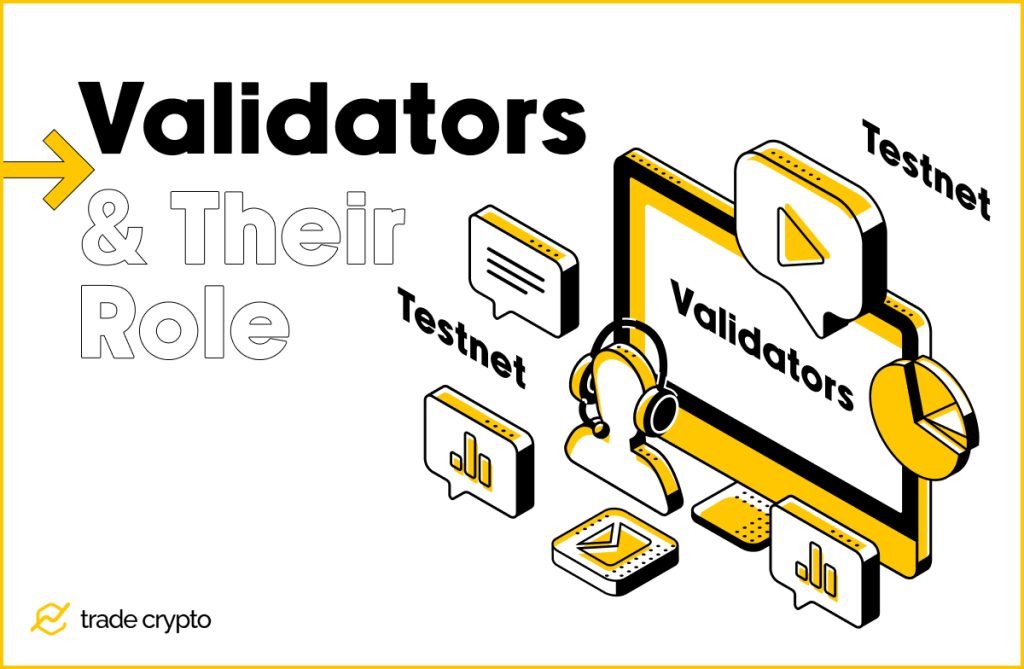
Before developers launch the mainnet, they perform an extensive stress test to create a real-time environment involving hundreds and thousands of validators. These network participants are responsible for securing the blockchain and ensuring no illicit transactions are added to blocks. They also play an important role in stabilizing the testnet network when it’s going through different upgrades.
As a testnet validator, you must be active in community channels. There can be crucial changes made to the testnet that may require you to delete your node and re-stake tokens. Sometimes, you also need to be comfortable with giving commands on different operable systems and using cloud-based architecture, like AWS and Azure.
Odds of Being a Profitable Tester
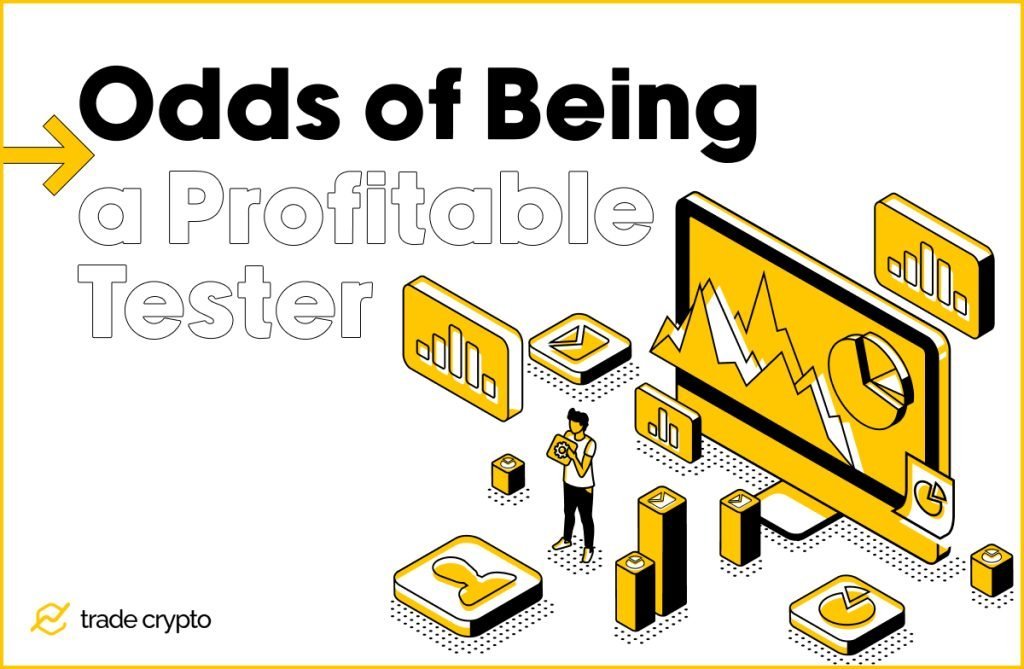
Achieving profitability as a tester is difficult if you spend limited time exploring new blockchain networks. It’s always the early users who get rewarded the most. So if you want to increase the odds of earning rewards, you need to monitor the latest trends and subscribe to as many validator positions as possible. This will help diversify and lower the risk associated with investing all capital into one protocol.
Furthermore, you have to zoom out and reflect on what time horizon you are comfortable with. When you are a tester of an early-stage protocol, it’s hard to determine how long it will survive. But if you have conviction and believe in the team, your few hundred tokens, given as rewards, can see parabolic growth when mainstream adoption takes place. So, along with managing your expenses on data storage and other hardware, you have to plan your strategy on when to sell the reward tokens.
How to Choose a Project for Participation in the Testnet
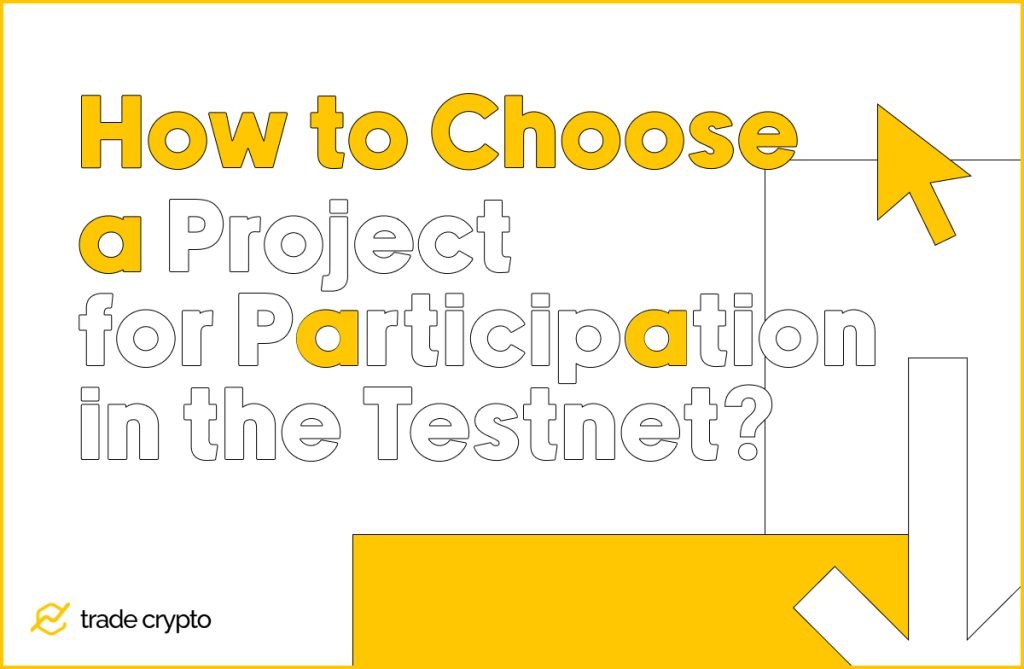
The rewards are usually the highest when you participate in a testnet leading the crypto market narrative. For example, following the successful Ethereum merge, the narrative is now focused around layer-2 scaling solutions. So, you should try to find projects that are building L2 solutions and apply to be a tester at an early stage.
Another way to choose a project would be to simply select a blockchain that has raised a huge ecosystem fund. When new projects are launched in an emerging ecosystem, the rewards are quite high because the blockchain will attract users from other established ecosystems.
If you want a tool to track active testnets, you can check out Nodes Guru. On it, you can view different types of testnets along with their ratings. It is recommended to stake your tokens as validators only if the project is verified. The site also provides simple guides for setting up nodes and addressing other technical matters.
What Are the Risks Involved
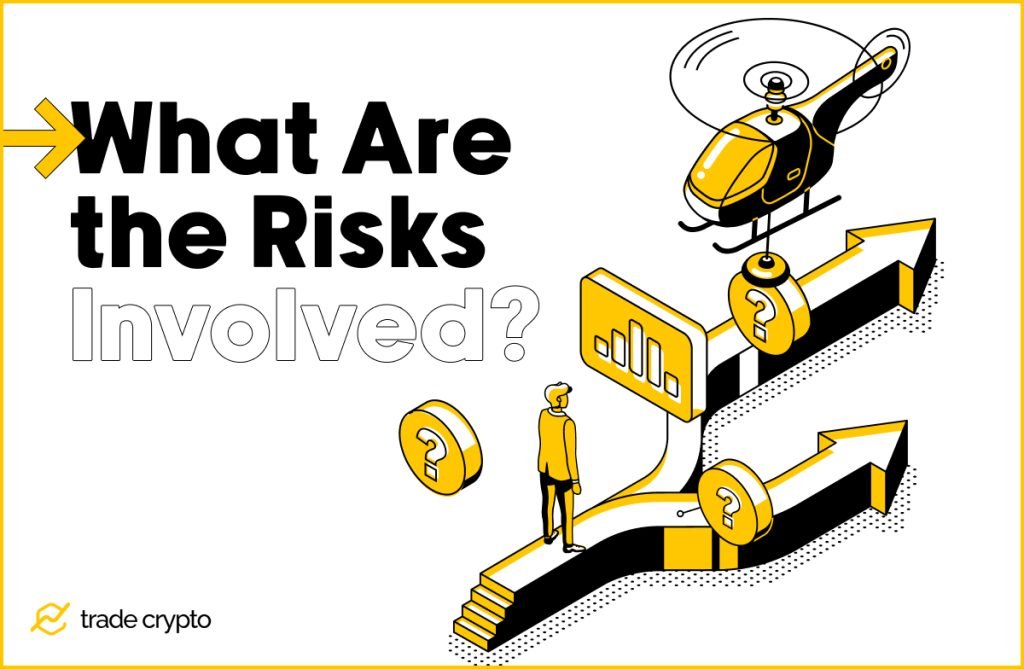
While the majority of testnets going live are safe to participate in, there will always be bad actors who want to squeeze money in every possible way. So you need to avoid testnets that don’t have proper documentation on their website, or whose team is anonymous.
You should also be aware of scam links shared on social media. There have been far too many instances where scammers made a look-alike website of popular testnets and drained user funds. So, you have to double-check before connecting your wallet and making any digital signature. If someone asks you to deposit money to get a guaranteed testnet spot, this is also likely a scam.
Closing Thoughts
It is becoming more likely that projects will follow certain incentive programs to release their tokens, instead of organizing an ICO. So incentive programs made through testnets or airdrops are more effective. This means anyone can earn life-changing money from a single airdrop, given they actively participate in testnet and perform all the necessary tasks.
In the past, we have seen protocols like DYDX and Uniswap reward early supporters and testers with tokens worth thousands of dollars. And as the industry matures, such opportunities will only increase in number. But it also means the competition for reward tokens will be stiffer. So, try exploring new protocols and who knows — you might be eligible for the next big airdrop.
Crypto Ping Pong Digest
Trash style news. You will definitely like







